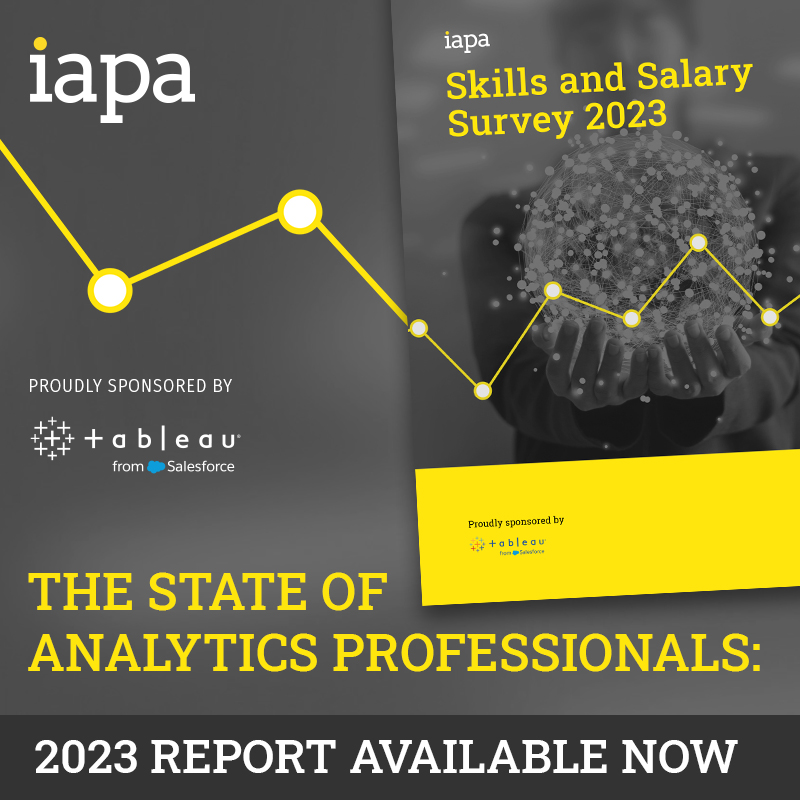Australia's resources industry might already be awash with digital innovation but CSIRO's Dr Alex Wonhas believes what we have now is not enough to sustainably fuel new models for economic prosperity.
Dr Wonhas, who is executive director of energy and resources at Australia's peak science organisation, told delegates of the World Resources Forum Asia Pacific in Sydney that more thought needed to be put into how to sustain present and future levels of economic growth without corresponding increases in resource inputs.
"The most important challenge of the 21st Century is how we can bring prosperity to the ever-growing population of our planet and do so in a sustainable way," he said.
That idea is captured by the concept of the circular economy.
Popularised at last year's World Economic Forum in Davos, it describes an industrial model that maximises the use of resource inputs and minimises their wastage. Effectively, it asks industry to do more with less.
In pursuing a circular economic model, Dr Wonhas said three things were critical.
"We need to get really good at understanding where the possible trajectories we might choose will lead to," he said.
"We [also] need to build markets or other mechanisms that help us to value the future that we want and maybe discourage investment into areas and pathways that we don't value.
"And then lastly, coming from a science organisation I think innovation will be really critical to develop the solutions if they don't exist yet - and many by the way already exist - to enable us to take this pathway [to a circular economy]."
While Australia's mining industry has not been shy in embracing digital technology - including large-scale automation projects and the use of algorithms to refine and optimise all parts of their value chains - Dr Wonhas argued this investment by itself was not enough to enable the step change to a circular economic model.
"I would argue this is all run-of-the-mill normal improvements to existing value chains," he said.
"I think what we really need to do to solve the challenge of creating a truly circular economy is that we have to invent new business models and new value chains."
Tapping resource pools
While the circular economy calls on industry to fuel growth with a lesser amount of raw natural resources, those resource inputs still need to be found.
And as time goes on, finding economically-viable deposits to mine is "getting ever more challenging," Dr Wonhas said.
"In Australia, for example, 80 percent of the continent is covered which makes it much more difficult to find resource deposits that are not outcropping at this point in time.
"But again innovation and technology can help us to find the most prospective deposits."
One example of this is the National Virtual Core Library (NVCL), which uses CSIRO technology to analyse the content of drill cores, which are cylinders of rock extracted from the ground by prospective miners to determine what lies below the surface.
"We have developed technology that is deployed that takes digital images of every single drill core that has ever been drilled in this continent," Dr Wonhas said.
"That gives you an amazing amount of data that is very rich to analyse."
Another example is a technique, also developed by CSIRO, that can be used to analyse eucalyptus leaves.
"This is important because the roots of the eucalyptus go about 30m into the ground so by analysing the leaves we know what is actually underneath, and that will help us to find where those resources are," he said.
"Combining that with state-of-the-art physical and geochemical models gives us completely new understanding of where natural resources are."
The other side of the circular economy is reducing resource wastage.
One early example of technology used to reduce industrial wastage of resources is 'green steel' technology created by UNSW Scientia Professor Veena Sahajwalla.
The technology enables steel makers to use old car tyres in place of non-renewable coking coal in the steel making process.
Action plan
University of Technology Sydney (UTS) Associate Professor Damien Giurco used the World Resources Forum to launch an action agenda for a circular economy - "a roadmap for Australian industries to take stock, make changes and recognise the opportunities for a sustainable economy and environment."
“We must go beyond the model of take-make-dispose to embrace take-make-re-create," Giurco said.
“It’s this re-create dimension that really makes people think about the lifecycles of a resource.
"Thoughtful design, the way we use resources and products themselves, needs to be higher on the agenda. Design shouldn’t be just for a single life of a product – it could be re-used as is, dismantled in a way for use in another product, or used to extract valuable materials.”









